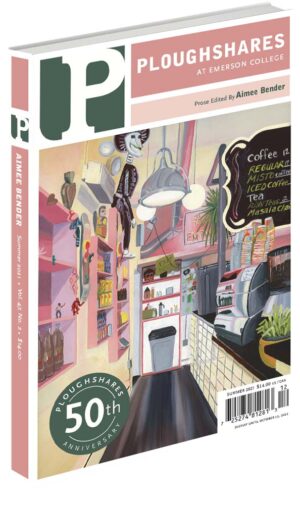Introduction
On the first day of my graduate workshop, sometimes I will ask the writers to draw an undersea creature and put it on the chalkboard. They do it willingly, and some are surprisingly good artists, making convincing jellyfish and eel out of chalk. Another might draw a blob of a whale, someone makes the classic fish shape, oval + triangle (which is somehow also Jesus? But that’s another story), or one of those archerfish with the lurching line floating in front of a creepy set of jaws. Then we begin class and leave them on the board for a while, swimming behind us.
Eventually, something comes up as we discuss workshop in terms of how to think about stories, and I can point to the board, and we talk about what it might mean for something to be “organic”—to grow like something might grow in nature. And since all these sea creatures exist, can’t their shapes be models for the wide-ranging shapes that stories can be? We laugh a little as we look at the forms of the box fish, the eel, the squid, and we consider how we might sometimes expect stories to fit the classic “oval + triangle” fish shape, but that a story, like a sea creature, can be any shape that is convincingly itself.
I thought of this while having the enormous pleasure of reaching out to so many writers I admire, writers who make the shapes they want to make, who follow the flow of the story and who remind us of all a story or an essay can do and be. While I had the joy of reading through gorgeous submissions and selecting some to include. In these strange and often difficult times, we need our vast range of storytelling modes—as we always do, really. Here, then, are some writers who work the form to hold the complexity, a bountifully inhabited sea of prose. Enjoy!

